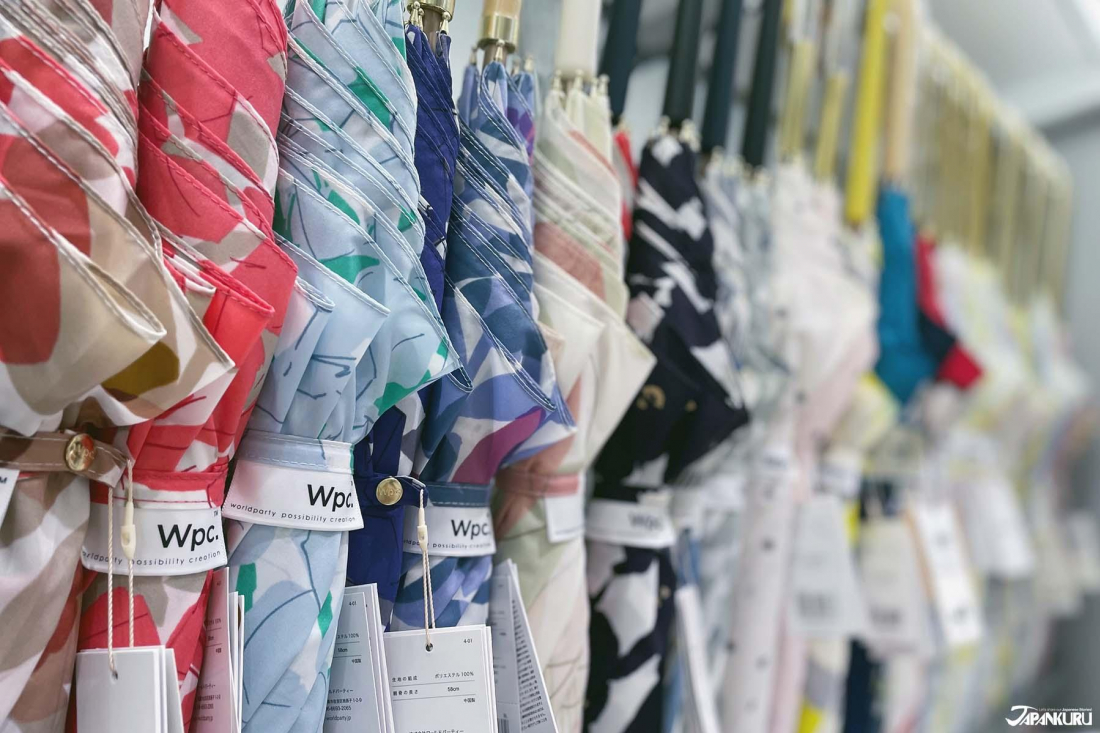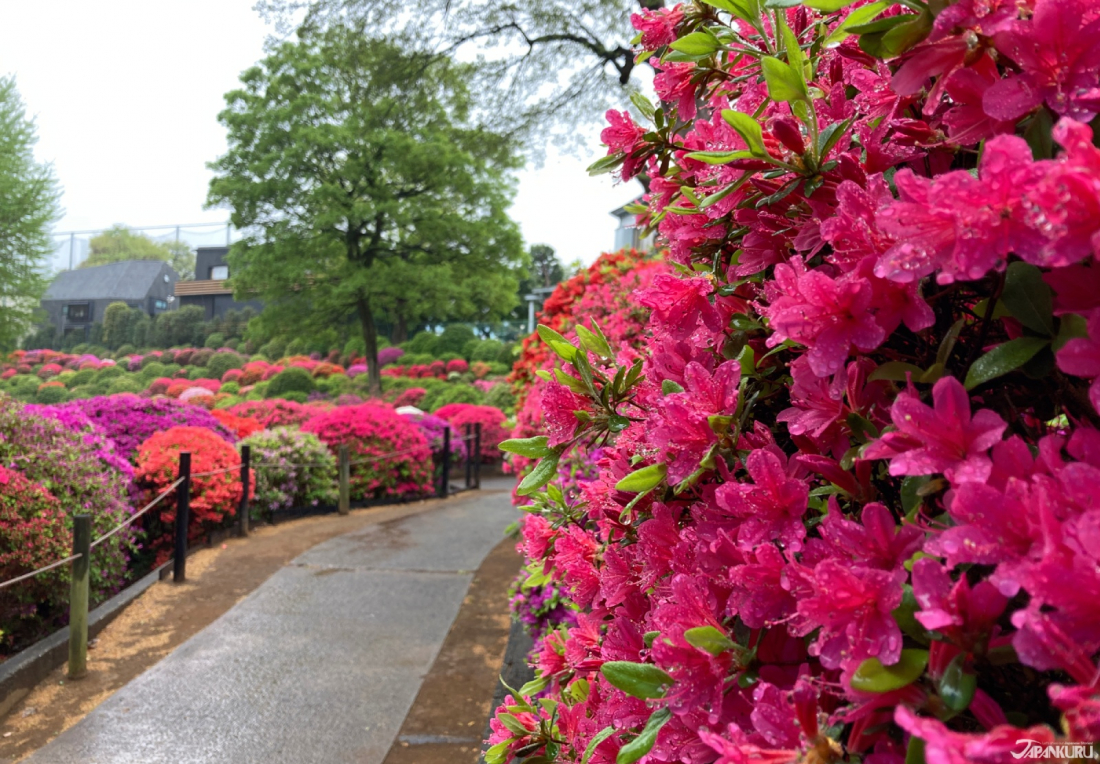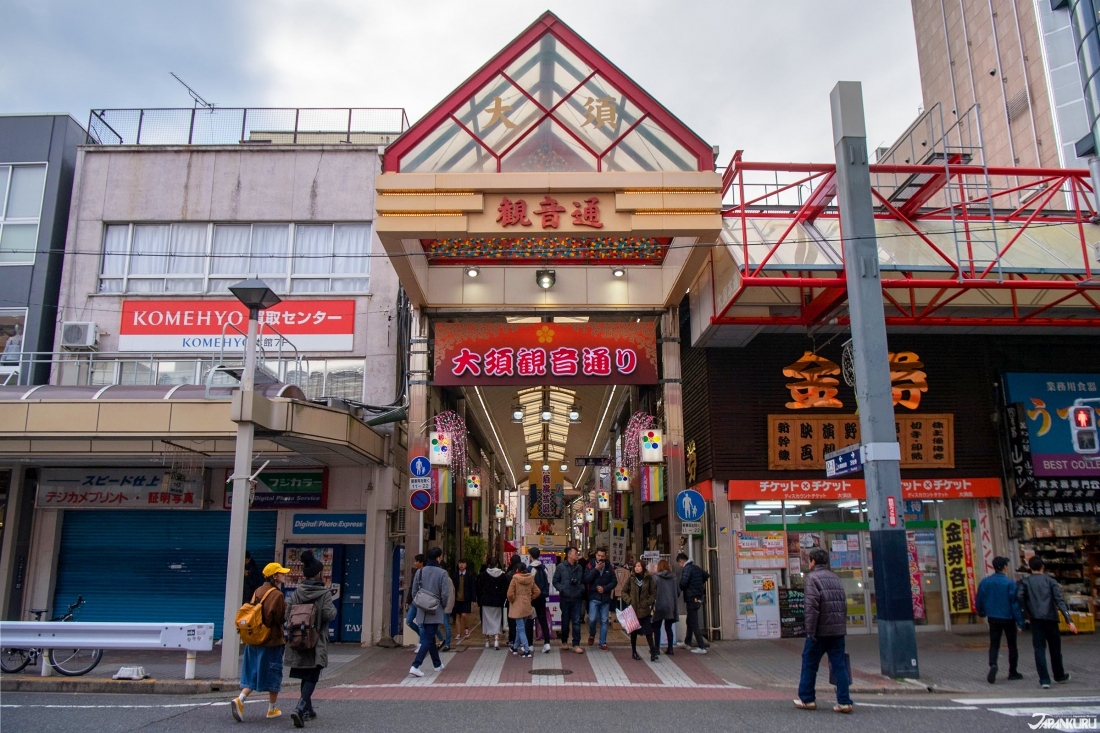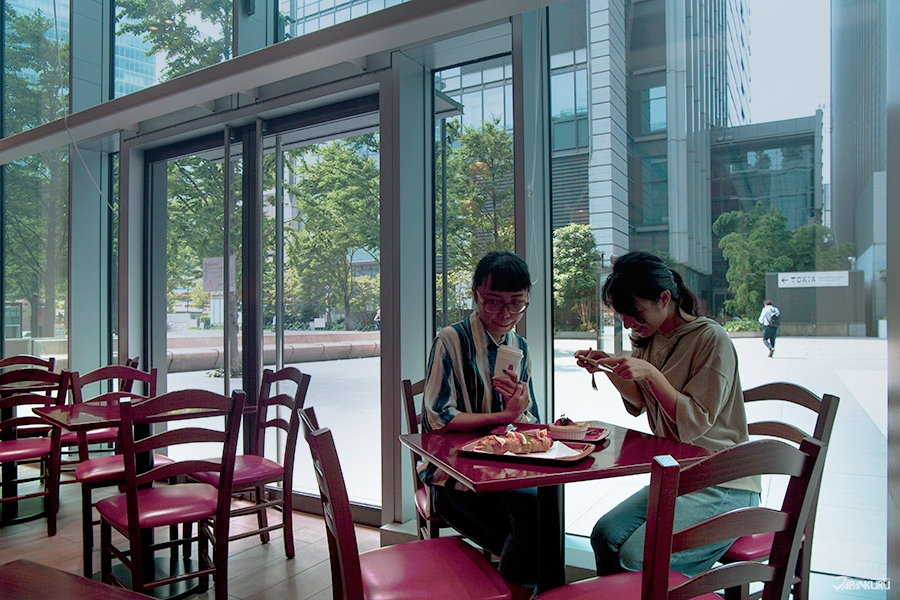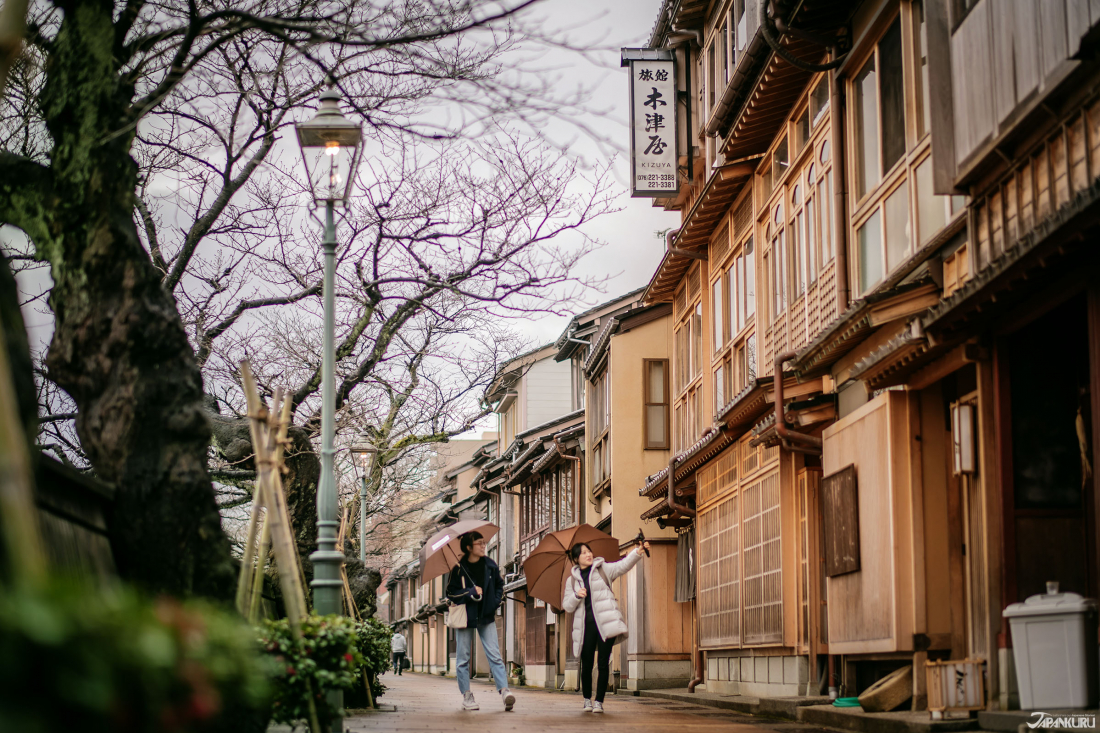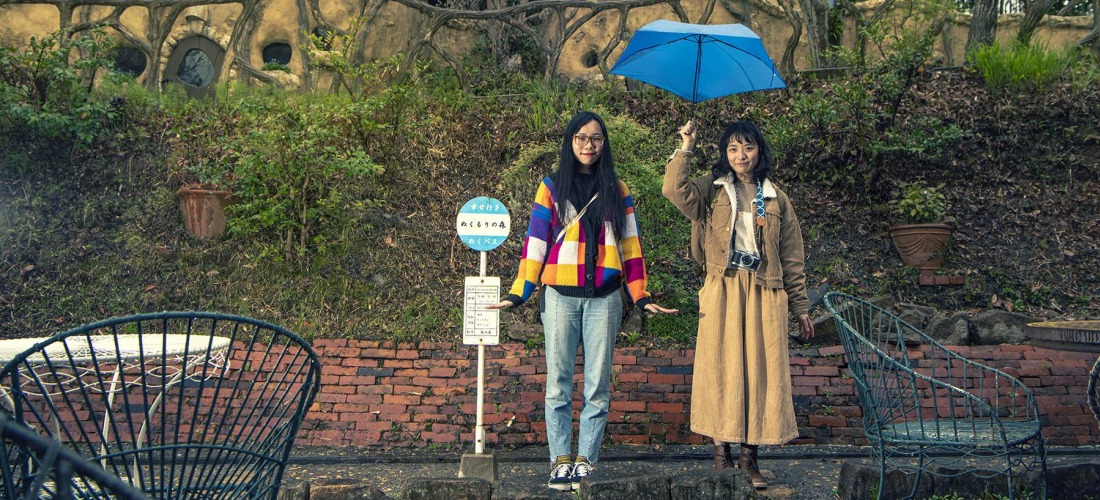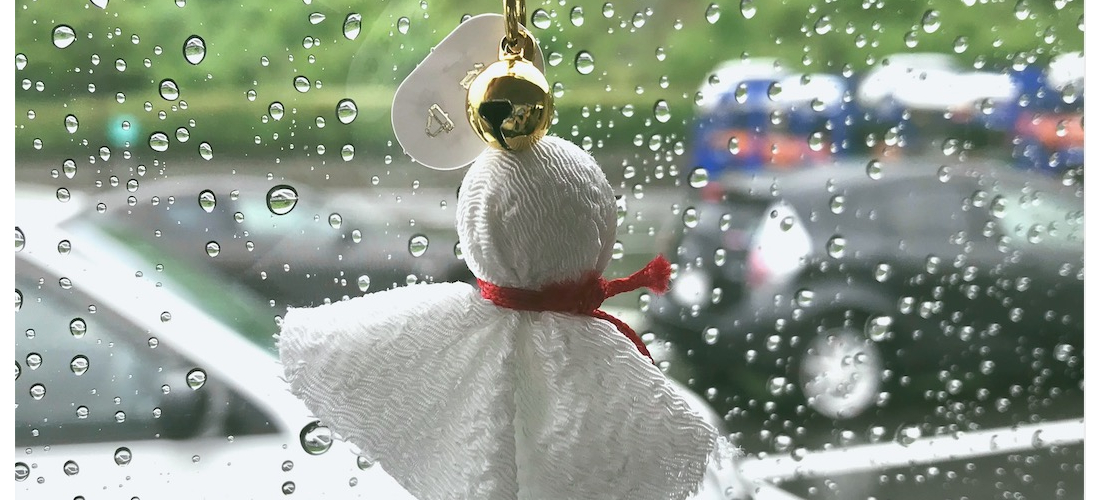CONTENTS
Stuck with a rainy forecast as you explore Japan? Don’t worry, Japan can be just as fun in foul weather!
Let’s Face It, Sometimes Japan Can Be Rainy!
Even when you're traveling on vacation, sometimes rain is just a fact of life. And if you're visiting Japan around the month of June, then you've managed to arrive just in time for tsuyu, Japan's rainy season, and you're going to get a lot of drizzly mornings (plus maybe a thunderstorm or two). While it's awfully tempting to take one look at this grey early summer weather and start searching for some indoor fun to enjoy without ever leaving the hotel, we're here to tell you: traveling in Japan can be a blast even on rainy days! With just a little planning, rain can go from ruining your day to making it even more special. Here are a few tips and tricks to help you enjoy Japan in the rain!
➡ Prepare for Showers
Japanese people will actually joke about how foreign travelers (especially those from the West) never use umbrellas, so if you really don't mind a little rain (and are willing to risk getting caught in a downpour), then obviously you don't have to buy an umbrella! We might just recommend you get yourself a water-resistant bag to keep your money, souvenirs, and goshuincho safe from the damp. But in Japan, umbrellas are used to deal with all kinds of bad weather, from just a little drizzle to extra sunny days (when opaque parasols are used to keep cool). The only problem is that umbrellas, perhaps because they're so ubiquitous, are actually one of the few things that frequently get stolen in Japan. Even the citizens of Tokyo will just leave a wallet or phone on a table to mark their seat, but umbrellas disappear from unguarded umbrella stands all the time! So some locals will recommend avoiding the common clear vinyl umbrellas you see everywhere (which are easy for others to mistake or "mistake" as their own), and getting yourself a fancy Japanese umbrella as a souvenir instead! Department stores like Mitsukoshi Isetan or Lumine always have broad selections from a variety of Japanese brands, or you could always get this polka dot Yayoi Kusama umbrella that we're a little obsessed with.
Leaving the umbrella at home and heading out into the wet weather with a rain poncho or even a rain jacket is less common in Japan, but if you don't mind standing out from the crowd, you can always get yourself something rather dramatic like this long floral poncho to keep you totally dry. You'll be walking the rainy streets of Shibuya without a care in the world!
If you still don't feel ready for the rain, then you can always get yourself a teru-teru bozu (てるてる坊主)! These little charms might look a little like ghosts, but they're actually supposed to ward away rain and bad weather!
➡ Find the Beauty in Rainy Days
Fancy umbrella in hand, you're all ready to explore Japan, so where are the best spots to see on rainy days? From natural vistas to the concrete jungle of Tokyo, there are actually quite a few destinations around Japan that are considered to be just as nice (or even more beautiful) when covered with glittering raindrops and shrouded in misty drizzles.
One rainy day standby might come as a bit of a surprise: did you know some people particularly like visiting flower gardens on rainy days? Enjoying the beauty of each season is a part of traditional Japanese culture, and travelers willing to brave drizzly weather and head to a garden or park will be rewarded with whole fields of flowers that look like they've been encrusted with diamonds. Tsuyu, when rain is most unavoidable, overlaps with the very end of azalea season and most of hydrangea season, and rainy hydrangea gardens are often prized locations for moody photoshoots. "Gilding the lily" might be bad, but we think "bejeweling the hydrangea" is the opposite.
Speaking of rainy day photoshoots, there are some city streets that are known to be particularly lovely in the rain. Picture-taking is one major reason why locals and travelers alike will trek over to places like Kabukicho in Shinjuku, or the teahouse streets of Kanazawa, even in the pouring rain. The asphalt streets and pale paving stones glisten in the rain, with puddles on the ground forming fantastic mirrors that reflect quaint teahouses or tall city buildings, and brightly lit signs shining through the misty humidity after dark. If you like to take photos, rainy days can actually be a special treat!
To celebrate rainy season, special "umbrella sky" events have become increasingly common in recent years, and these days they're popular destinations dotted around Japan. Look for these fairytale-like umbrella roofs in resort towns like Karuizawa, or at amusement and theme parks like Huis Ten Bosch in Nagasaki, or Moomin Valley Park in Saitama.
➡ Enjoy the Weather Without Getting Wet
Even if the weather is just too unpleasant to spend the day in the open air, that doesn't mean you have to be stuck in your room all day! Whether it's just too windy, or you're tired of holding an umbrella overhead, we recommend a trip to one of Japan's many covered shopping arcades. From the streets branching away from Asakusa's famous Sensoji Temple in Tokyo, to Nagoya's lengthy Osu Kannon shopping street, and the mazes of covered shopping down south in Nagasaki, there are busy pedestrian streets fitted with convenient roofs all over Japan. Japan's covered shopping arcades tend to have long histories, and many of them are still steeped in retro style and filled with small mom-and-pop businesses, but each street uniquely reflects the region and neighborhood that keeps it alive. Rainy day or no, you shouldn't miss the chance to walk through a few of these old-school shopping arcades in Japan.
Perhaps the most peaceful way to enjoy the pouring rain in Japan is to find a quiet cafe and sit down with a fresh cup of coffee! Cafe culture is booming in big cities like Tokyo, local independent coffee shops and trendy Japanese cafe chains like Sarutahiko Coffee are spreading, and even tiny communities in the mountains often have a quaint old coffee shop or surprisingly chic and modern cafe, perfect for escaping sudden rainstorms. A coffee break is a great time to make plans for the rest of your trip, and there's nothing like finding a seat by the window, listening to the calming sounds of the rain and quiet conversations, and just enjoying the rainy day atmosphere in Japan.
Get Out There and Enjoy the Rain!
Whether you're ready to dance in the rain, or just looking to enjoy Japan despite all the inclement weather, cloudy skies can promise a new kind of fun when exploring Japan. So grab an umbrella, look up the closest hydrangea gardens, check your map for a covered shopping arcades, and make the most of this rainy day in Japan!
Details
NAME:Rainy Day Fun
PROFILE
Looking for the latest trends and products coming out of Japan?We've got you covered! <a href="https://www.worldshopping.global/target=_blank">Homepage</a> | <a href="https://www.facebook.com/worldshoppingjp/target=_blank">Facebook</a> | <a href="https://twitter.com/worldshoppingjptarget=_blank">Twitter</a> | <a href="https://www.instagram.com/worldshoppingjp/target=_blank">Instagram</a>
COMMENT
FEATURED MEDIA
VIEW MORE
Narita Airport Tax-Free Shopping List 나리타공항 면세점 쇼핑 리스트 #pr #calbee #jagapokkuru #japanesesnacks #japanesefood #japanesesouvenir #japantravel #japantrip #naritaairport #hokkaido #나리타국제공항 #나리타공항면세점 #나리타공항면세점과자 #일본공항면세점 #일본기념품쇼핑리스트추천 #공항면세점쇼핑리스트 #일본과자추천 #면세점일본과자 #일본기념품추천 #일본과자 #자가폿쿠루 #일본간식 #일본과자쇼핑 #일본면세점필수템 #일본기념품쇼핑

Asakusa's Sanja Matsuri, one of the biggest festivals in all of Tokyo, is almost here! Make sure you check out the festival route so you don't miss all the festivities this May. #asakusa #sanjafestival #sanjamatsuri #asakusashrine #sensoji #sensojitemple #japanesefestival #shintoshrine #japaneseculture #tokyo #tokyotrip #tokyotravel #asakusasightseeing #matsuri #japantrip #japantravel #springinjapan #tokyotravel #japankuru #산자마츠리 #아사쿠사 #일본마츠리 #일본여행 #일본5월

Odaiba's DiverCity Tokyo Plaza is home to the famous real-size 20m-tall Unicorn Gundam, and the popular shopping center has even more Gundam on the inside! Check out the Gundam Base Tokyo on the 7th floor for shelves upon shelves of Gunpla, and the Gundam Base Tokyo Annex on the 2nd floor for cool anime merchandise. Both shops have tons of limited-edition items! #pr #odaiba #tokyo #tokyotrip #japantrip #japantravel #PR #divercity #divercitytokyoplaza #tokyoshopping #gundam #unicorngundam #gundambasetokyo #anime #otaku #gunpla #japankuru #오다이바 #다이바시티도쿄 #오다이바건담 #건담 #일본건담 #건프라 #건담베이스도쿄

Evangelion, in miniature!? Tokyo's SMALL WORLDS Miniature Museum is actually a must-see for anime lovers, thanks to the tiny Evangelion Hangar and Tokyo-III... plus a whole universe of other scenes both real and fictional. #smallworlds #smallworldstokyo #tokyotrip #tokyotravel #evangelion #eva #anime #miniature #miniatures #animefigure #japantrip #japantravel #에반게리온 #스몰월드 #에반겔리온 #スモールワールズ #오다이바 #아리아케

Have you sat down for a snack at Sumida Aquarium yet? This aquarium next to Tokyo Skytree is known for its penguins and garden eels, but we can't get enough of their cute snacks! There are lots of good seats around the aquarium, too, so it almost feels like one big cafe. 🐧 • Find out more at Japankuru.com! (Link in bio.) • #japankuru #sumidaaquarium #skytree #tokyoskytree #solamachi #sumida #tokyo #tokyotrip #tokyotravel #aquarium #japanesesweets #themecafe #すみだ水族館 #Japan #日本 #일본 #Japon #ญี่ปุ่น #Japão #япония #japantravel #日本旅行 #日本旅遊 #japan_of_insta #japantrip #traveljapan #japan🇯🇵 #igerstokyo #explorejapan

For anime fans, the Evangelion areas at Small Worlds Miniature Museum are a must see! The tiny miniature people in the Evangelion Hangar look like ants beneath the moving Unit-01, Unit-00, and Unit-02! And over in Tokyo-III, characters like Shinji, Rei, and Katsuragi live life on a miniature scale. #odaiba #tokyo #tokyotrip #japantrip #japantravel #ariake #smallworlds #miniaturemuseum #smallworldstokyo #tokyotravel #evangelion #eva #anime #miniature #miniatures #animefigure #japankuru #스몰월드 #에반게리온 #오다이바 #오다이바관광 #오다이바스몰월드 #미니어쳐



